| | |  | | |  | Dear Friends,
 Spring has sprung...and even a bit early! Thanks to some glorious and sometimes unpredictable weather, we were able to begin our spring cleaning much earlier this year. The farm equipment is all done being serviced and is ready for hay season in June. We plowed under three 2.5 acre turnout areas, then reseeded and replaced the sprinkler lines. After almost three months, we have finally moved all L.T.R. production and social media operations back to Colorado from California. Of course, the ranch has always been in Colorado and is the mainstay of our operations, but it feels so good to finally have everything back in one place again...except for my beloved friend and illustrator of the Jasper the Mule books, Bonnie Shields, who still resides in Idaho, but is definitely a great friend and an integral part of our L.T.R. TEAM! Spring has sprung...and even a bit early! Thanks to some glorious and sometimes unpredictable weather, we were able to begin our spring cleaning much earlier this year. The farm equipment is all done being serviced and is ready for hay season in June. We plowed under three 2.5 acre turnout areas, then reseeded and replaced the sprinkler lines. After almost three months, we have finally moved all L.T.R. production and social media operations back to Colorado from California. Of course, the ranch has always been in Colorado and is the mainstay of our operations, but it feels so good to finally have everything back in one place again...except for my beloved friend and illustrator of the Jasper the Mule books, Bonnie Shields, who still resides in Idaho, but is definitely a great friend and an integral part of our L.T.R. TEAM!
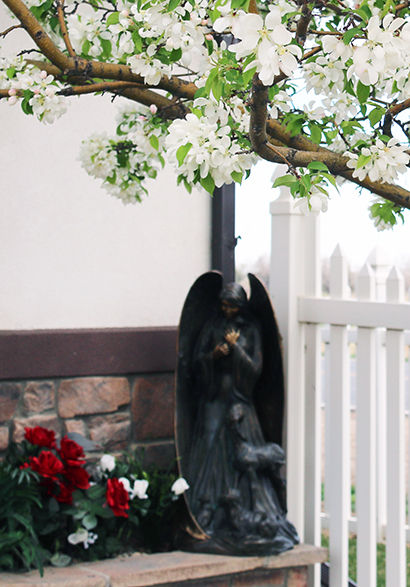 Our mules, donkeys and miniature horse have all been vaccinated and we are ready to begin spring tune-up training. Our brood stock is now all gone, but we welcome and appreciate the changes in our lives as we move from one phase of life to another. Everyone is shedding like crazy, but the simple plastic hairbrush, shedding blade and vacuum routine works wonders at speeding things up a bit! It also helps that all 20 equines are perfectly behaved. This is something for which I am truly grateful as I grow older myself. Tours of the Lucky Three have begun and we want all of our “guys and gals” to look their best and be good ambassadors for their breed! Roll is finally back to his core strength postural exercises after being off for nine months with White Line Disease and is coming around quickly, although he was very weak when he first started back to work a few weeks ago. Our mules, donkeys and miniature horse have all been vaccinated and we are ready to begin spring tune-up training. Our brood stock is now all gone, but we welcome and appreciate the changes in our lives as we move from one phase of life to another. Everyone is shedding like crazy, but the simple plastic hairbrush, shedding blade and vacuum routine works wonders at speeding things up a bit! It also helps that all 20 equines are perfectly behaved. This is something for which I am truly grateful as I grow older myself. Tours of the Lucky Three have begun and we want all of our “guys and gals” to look their best and be good ambassadors for their breed! Roll is finally back to his core strength postural exercises after being off for nine months with White Line Disease and is coming around quickly, although he was very weak when he first started back to work a few weeks ago.
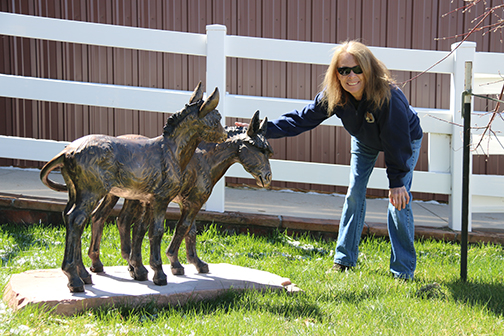 Robin Laws came by to talk about our newest bronze project, “Hybrid Vigor,” a statue of a mare, jack and mule foal and suddenly, I found myself obtaining two more bronzes for the Loveland Longears Museum and Sculpture Park at Lucky Three Ranch, “In Good Hands” and “Donkey Talk.” I have a hard time resisting Robin’s work! The smiles they bring to visitor’s faces are priceless. We now have nineteen mostly life-sized bronzes that grace our grounds and make this a very unique place to visit. If you ever come to Colorado, I hope you will put our ranch on your bucket list! Each tour that I give is a personal clinic for those who attend. We have kept our prices affordable and have rapidly become the tour of choice for many seniors, families, clubs and children’s groups. Even the Model T Club loves to make us one of their stops during their classic car rallies. Remember that I am always here to answer any questions that you might have. I hope everyone has a wonderful spring and summer with your equine companions! Robin Laws came by to talk about our newest bronze project, “Hybrid Vigor,” a statue of a mare, jack and mule foal and suddenly, I found myself obtaining two more bronzes for the Loveland Longears Museum and Sculpture Park at Lucky Three Ranch, “In Good Hands” and “Donkey Talk.” I have a hard time resisting Robin’s work! The smiles they bring to visitor’s faces are priceless. We now have nineteen mostly life-sized bronzes that grace our grounds and make this a very unique place to visit. If you ever come to Colorado, I hope you will put our ranch on your bucket list! Each tour that I give is a personal clinic for those who attend. We have kept our prices affordable and have rapidly become the tour of choice for many seniors, families, clubs and children’s groups. Even the Model T Club loves to make us one of their stops during their classic car rallies. Remember that I am always here to answer any questions that you might have. I hope everyone has a wonderful spring and summer with your equine companions!
Best wishes and Happy Trails,
Meredith Hodges
| | |
|  | |
|
|  | |
|  | |  | |
| |  | | ASK MEREDITH A QUESTION | | | Have a question for Meredith or want to give us feedback? | | |
|  | |
| |
| |  | |  | | LTR Training Tip | | | Transition To Drivelines | | | Once your equine has become proficient in his posture and balance, leading over obstacles, and various stages of lunging, you are ready to put your equine on the drive lines in the round pen. Find out how to make this transition successfully. | | | |
|
|  | |
| |
|  | | | | Find Us On Facebook, Twitter & YouTube! | | | | |
|  | |
|  | Training
Question | | 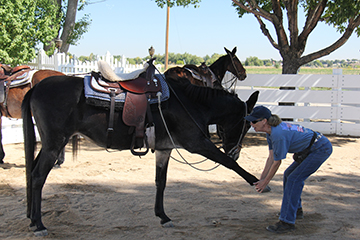 | | Question: We have a friend that declares that a mule does NOT need a two strapped saddle (front strap, and back strap)....Is this true in your opinion? I think it’s safer with two but I am green to all of this about mules....Please help!!
Answer: The regular horse saddles I use in the TV shows and videos have been carefully selected and modified to fit my own mules and donkeys. Equines are similar in their structure, but just like people, there are individual differences that need to be addressed if the "clothes" are going to fit properly. How well the equine is conditioned in his body will have an effect on how the saddle fits. An animal with irregular conditioning will not maintain the same body shape.
The girths I use are cotton string girths, both English and Western types. Then, you need to make sure that the saddle is placed in the middle of the equine's back which will allow the girth to fall 4 inches behind the forearm. The skin directly behind the forearm is more sensitive than that which is further back. You should use a crupper adjusted snugly to hold the saddle in place. You can have a D-ring installed in the back of your saddle tree to attach the crupper to a Western saddle and there is a metal "T" that comes with cruppers that will fit into the underside of an English saddle. If the saddle is placed properly and the crupper adjusted properly, the saddle and girth should not cause the problem. There are some mules that have enough wither to keep the saddle from slipping over the neck, but the saddle can still slip forward just enough to cause problems at the shoulders and in the sensitive girth area if a crupper is not used.
The mules I have bred here at my ranch all have sufficient withers and are very much like horses in their structure. I have found that Circle Y Western saddles, all-purpose Passier or Courbette English saddles and Kieffer dressage saddles came very close to fitting my mules well. When fitted with a crupper, the English and dressage saddles were fine, but I still needed to fit the Western saddles a little better, so I had my saddle maker shave the convex swell off the fronts of the trees on my old Circle Y Western saddles and that helped the saddles to fit much better.
On the horse, there is an indentation in the musculature below the withers where a rider's leg would fall comfortably if riding bareback. On a mule, this muscle is thicker and bulges. I had my saddle maker shave the convex bulge on the trees of my Western saddles to flatten this part to fit the mules and it worked very well given my mules' shapes. Mules are often very short backed as well and the skirts of the Western saddle can interfere with the movement of the hips. In the case of a short backed mule, an Arabian saddle tends to fit better because of the rounded and shortened skirts. This is also true with smaller mules.
This isn't a problem with a longer backed mule or donkey. Still, you need to place the saddle in the middle of his back such that the girth lies 4 inches behind the forearm clearing the sensitive skin area directly behind the forearm. The crupper should be adjusted snugly to keep it in place. It is common to see saddles placed too far forward on mules and donkeys causing restriction of shoulder movement and chafing of the scapula which can result in bucking.
There are mules and donkeys whose backs and withers are not as horse-like and in this case, a custom-fitted mule saddle would be a better choice. So, I would suggest that you need to make an assessment as to what would fit your own particular mule, or donkey, the best. They do need to have "clothes" that fit if they are to perform to the best of their ability with no interference from ill-fitting tack. One needs to also realize that as they gain muscle tone, their overall shape will change and in most cases, the saddle will then fit better. You can consult with a reputable saddle maker to determine what your particular animal would need. You cannot, however, make a saddle fit properly with the use of pads.
I caution you, however, to be careful about thinking that the saddle will be the complete solution to any problems your mule might have. I do not like treeless saddles as they do not provide enough support for an unbalanced rider and can actually inhibit the equine’s motion and sometimes even cause sores from undue shifting and rubbing. It is always best to continue to learn and improve together. When you ride, if you do not learn to ride a balanced seat and improve your skills, this can happen again with any saddle you may get. Your mule should not have a problem with a saddle if you are riding correctly and the saddle fits properly. The goal is to improve together so the end result is that you both learn to move together in a harmonious fashion.
| | |
|  |
 | | This is a very worthwhile tour to learn about mules and the origins of the ranch. Beautiful grounds and well cared for animals by mule whisperer, Meredith Hodges. Watch the listing of trips in the Fort Collins Recreator for the tour through the Senior Center. A van takes you directly to the ranch after which we stopped at Biaggi's in Centerra for lunch.
_______________________________
Hi, Meredith, I have a compliment to pass on to you. I sent your interview with the farm magazine to everybody I know who loves animals, especially donkeys and mules. My friend in Kusadasi, Turkey was raised with them, as his family are farmers. They know and love their donkeys. He agrees with your article and wishes everybody with donkeys would follow your gentle and thoughtful method of training instead of being harsh and punitive with donkeys, equines. He also loved the picture with you and Lucky Three Zebulon’s Excalibur. He said both of you are “wonderful, beautiful!” Even when he writes I can hear his Turkish accent! It makes me smile! You’re respected everywhere, even in far flung Turkey! God bless.
_______________________________
Thank goodness for Meredith Hodges and her training techniques. She saved me when I was training our first donkey. For those who are curious who I'm talking about: click this link. Can I train a six year old semi-feral jenny? I have trained a feral pony, an unhandled baby donkey, and retrained several horses.
_______________________________
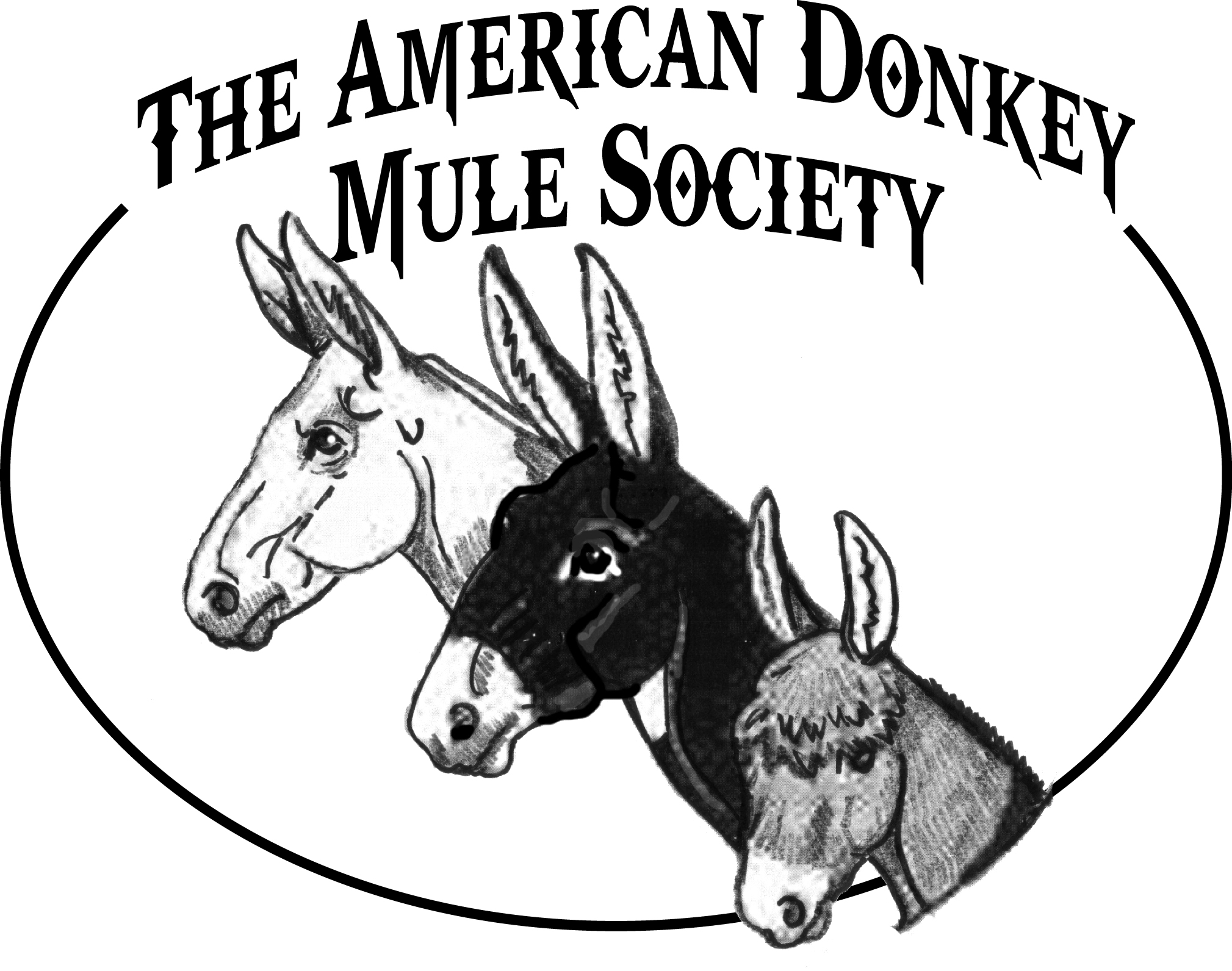
|
With summertime fast approaching, we all start looking forward to a little change in scheduling. Perhaps the kids are getting out of school, perhaps there is a summer vacation coming up, or maybe you'll be working with new foals in the fields.
Whatever that change is, remember not to vary your normal farm routine too much. Animals can and do learn your schedule and expect you to hold to it. They do not understand "Daylight Time Changes" nor new office hours. If you feed at six am, they are going to be waiting. Ever notice that your dog won't let you sleep past any given time (your normal time) even if you deliberately did not set an alarm? They have your routine down!
Animals are sensitive to our time schedules, our moods, and even our physical well being. They can sense if you are sad, upset, or even injured. On days where you are not at your best, you might only do basic chores and not attempt training. Donkeys and mules in general are much more sensitive than other types of large animal and can feed off the feelings you are putting out. Save the off-days for working on projects where you won't interact directly with your longears.
Don't forget that weather changes can affect many things around the farm from shed time to the condition of your trailer mats and tires. Always give your tack a good cleaning and conditioning as the weather heats up. In the month before a show, take your trailer out for a short drive, make sure your tires are not degrading, check the brakes, your hitch, safety chains, the flooring under any mats. Far better to fix and prevent an accident!
We hope you have happy healthy longears in your fields and that you have a relaxing summer!
Leah Patton
ADMS
The Am. Donkey & Mule Soc. PO Box 1210, Lewisville TX 75067 (972) 219-0781.
Newsletter: the BRAYER magazine, 76+ pgs 6X/yr, $27 US, $37 Canada, $50 overseas.
We now accept Paypal, Visa/MC (+$1 courtesy fee appreciated).
Reg info, forms, fees on our website at http://www.lovelongears.com/main.htm
|
| | |
|
|  |
| |  | | FREE SHIPPING ON ALL TRAINING PACKAGES | | Save a bundle by ordering our
training packages for horses, donkeys, mules or other hybrids. | | |
|  | |
| |
|  | |  | |
|  | |  | |
| |  |  | | 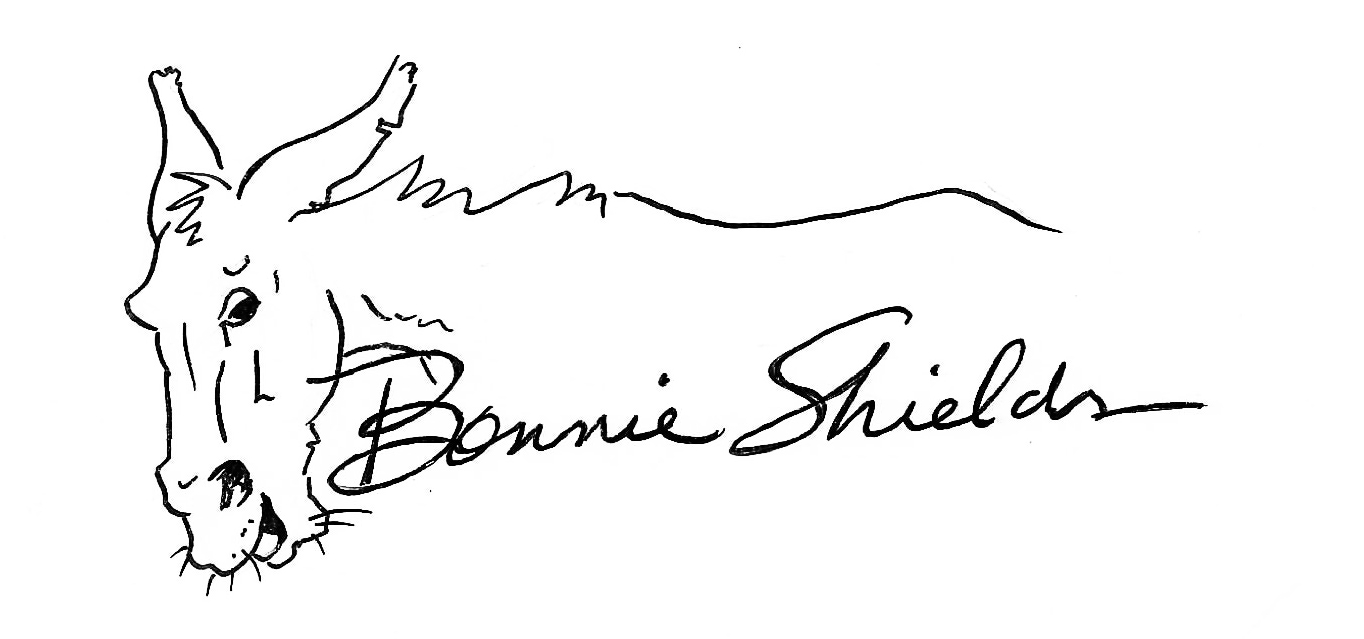
Bonnie’s Bit | | | | I just got home from another great Bishop (CA) Mule Days and boy oh boy, was it fun--AGAIN! If you have never been to this event, put it on your "bucket list" and get your ass in gear!
This year I hosted Ms. Liz Hughey in my booth and we sold OUT of her first edition of the children's book,"Barney the Lopsided Mule", illustrated by yours truly. It is a fun story of a young pack mule who is so thin his packs keep slipping sideways and a gal packer that helps him solve the problem. It has good lessons for picky kids and kids that don't listen to their parents. Really, there are kids like that???
Anyway, it was amazing to see what all our rain in the NW and California has done to the desert. It is green and blooming like a millionaire's garden--which it actually is. The Sierra was still crowned in white snow and all the streams and rivers were running full and fast and you could see where areas have been under water lately. I know it will be a while before the packers can access the high country there. Same for the mountains here in north Idaho. Maybe it means a big huckleberry crop!! Now, THAT would be a prize.
All my remaining three mules survived our hard winter and now they won't even take the time to talk to me for having their faces buried in fresh grass. Even ancient "Cookie" is packing fat and totally distracted, bless her ole hide. It makes for a bit of a vacation for me as I don't hafta get up early to feed. Trust me, I need the rest after Bishop.
I am working on Liz's second book, another packing and mule adventure, which she hopes to have out by November. And, I am working on one other children's book about "Red" Smith the famous sports writer in my spare time, ha.
My "work" is so much fun these days, so don't feel sorry for this ole bird. I invite you to enjoy it yourself with the Jasper books written by our hero, Meredith. Enjoy your summer and your critters and good friends. And, like my old hero mule, Leroy, always said--"Keep Your Traces Tight"!
Bonnie
|
|  | |
| |
|  | |  | |
|  | |  | |
| |  |  | | | | Spreading the Word About Therapeutic Riding!
| | Hearts & Horses is bursting out of the borders of our Loveland, Colorado ranch and spreading the word of good practices for therapeutic riding both inside and outside of the equine assisted activities and therapies community! Over the last few months, we have been featured in quite a few different places, teaching about therapeutic riding and how other centers can implement our proven best practices.
 On April 15th, our horse, Varsity, was a special guest on Animal Planet’s Dr. Jeff Rocky Mountain Vet where he got to show off his work with a special rider, Coleten, and got his little forehead lump looked at! Click here to watch the full episode. On April 15th, our horse, Varsity, was a special guest on Animal Planet’s Dr. Jeff Rocky Mountain Vet where he got to show off his work with a special rider, Coleten, and got his little forehead lump looked at! Click here to watch the full episode.
During Spring and Fall 2016, Hearts & Horses partnered with Ph.D. candidate, Beth Hoesly-Fields, from Colorado State University’s Department of Occupational Therapy to study our Riding in the Mom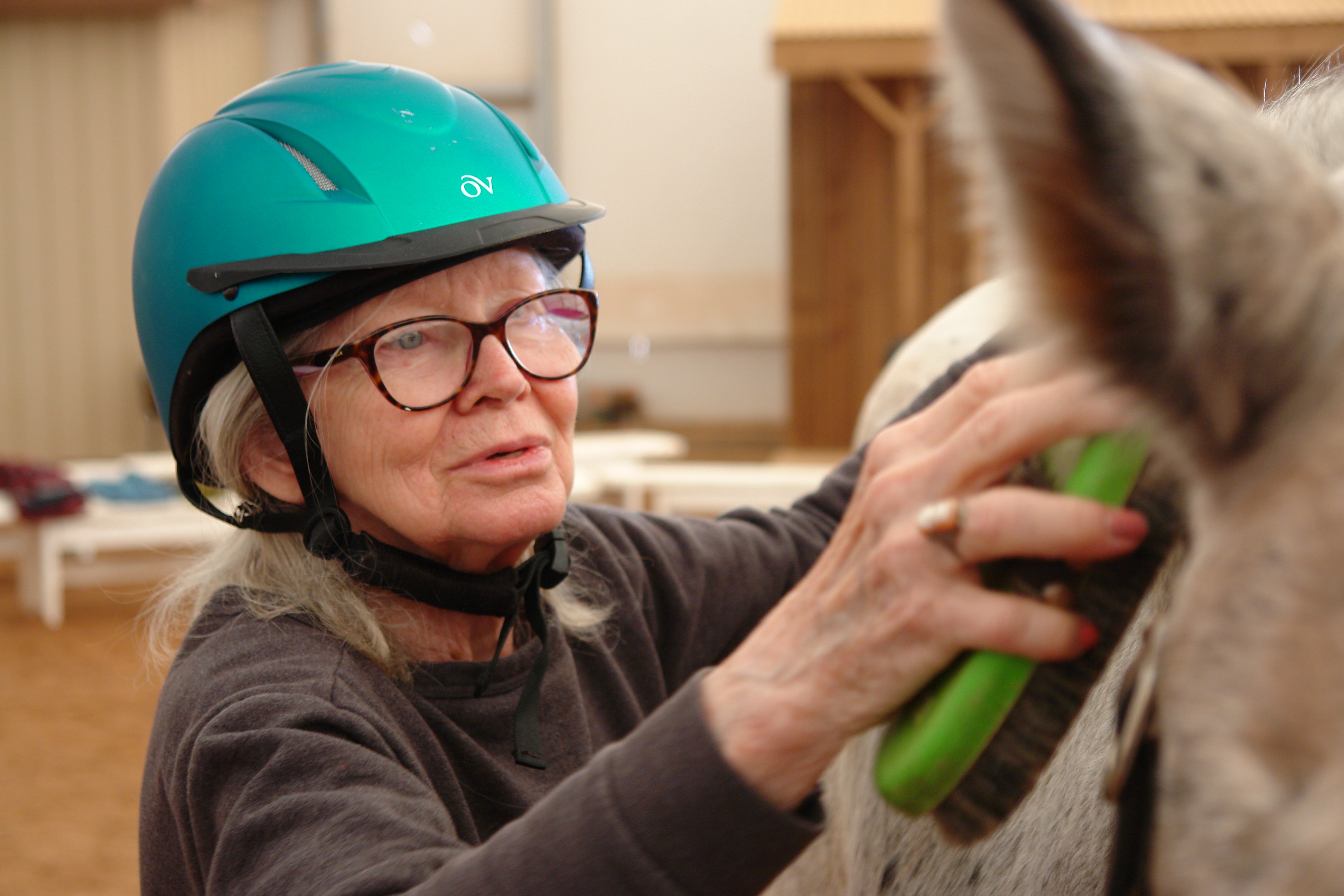 ent program, which works with seniors with Alzheimer’s and dementia. Beth presented her findings at a lecture series at Hearts & Horses on May 24th: Facilitating Activity and Supportive Environments for People with Dementia. She has also published a summary of her work with the American Psychological Association. ent program, which works with seniors with Alzheimer’s and dementia. Beth presented her findings at a lecture series at Hearts & Horses on May 24th: Facilitating Activity and Supportive Environments for People with Dementia. She has also published a summary of her work with the American Psychological Association.
For many years, Hearts & Horses has partnered with middle schools from the Thompson School District. For these classes, we work with Pamela Barker who has just been published as a part of the book: Rethinking Education on a Changing Planet. Her chapter focuses on the Hearts & Horses Youth-At-Risk Changing Leads program and how equine facilitated learning deliberately and systematically develops social and emotional skills so that youth may endure challenges with more resilience, self-efficacy, and overall well-being.
Finally, Hearts & Horses had the largest presence of any therapeutic riding center at the May 5th-7th PATH Intl. Region 10 Conference. PATH is made up of 11 regions and Hearts & Horses is a part of Region 10, composed of Wyoming, Utah, Colorado, New Mexico, and Arizona. Not only did we host a tour for over 60 conference attendees of our facilities, but we also presented four different workshops:
Developing a Successful School-Based Program
by Tamara Merritt and Pam Barker
In this interactive, experiential and reflective course, Tamara and Pam explored the intersection of social emotional learning and equine-facilitated learning with an emphasis on practicing and developing essential skills of empathy, optimism, intrinsic motivation, clear intentions, decision-making, self-regulation, and employment of tools such as the powerful six-second pause. Attendees learned how to develop curricula that uses these concepts to enhance learning, relationship quality and self-efficacy in their equine learning populations.
Promoting Health and Fitness through Human-Equine Partnerships
by Alex Whittey and Sarah Champ
Attendees learned how to create a groundwork class aimed at promoting health and fitness for those who exceed a center’s rider weight limit. They found out how, through a human-equine partnership, participants will learn about equine health and fitness and how this partnership translates to their everyday lives. They learned about session and class objectives, setting realistic goals for participants, collecting data and troubleshooting, as well as heard from a participant about her experiences.
Riding in the Moment
by Michele Kane and Beth Hoesly-Fields
Attendees learned more about this inspiring program and how to start one at their center. Riding in the Moment is a program that helps facilitate adults and seniors facing the challenges of aging, memory loss, and age or injury-related cognitive impairments to find joy in equine-related activities. For some it is a chance to experience past memories, and for others it is a new adventure.
How Vaulting Can Help Youth Identified as At-Risk
by Liz de Kock, Stef Viktora-Anderson, Varsity the Horse, and Vaulting Riders
This live demonstration from the Hearts & Horses Interactive Vaulting Team was designed to show the dynamics and benefits of an interactive vaulting program, for participants, volunteers and centers. The vaulters showed the progression of skills they have gained over the three years they have been participating in the program. They demonstrated how simpler exercises, both compulsory and freestyle, lead to more advanced levels of performance.
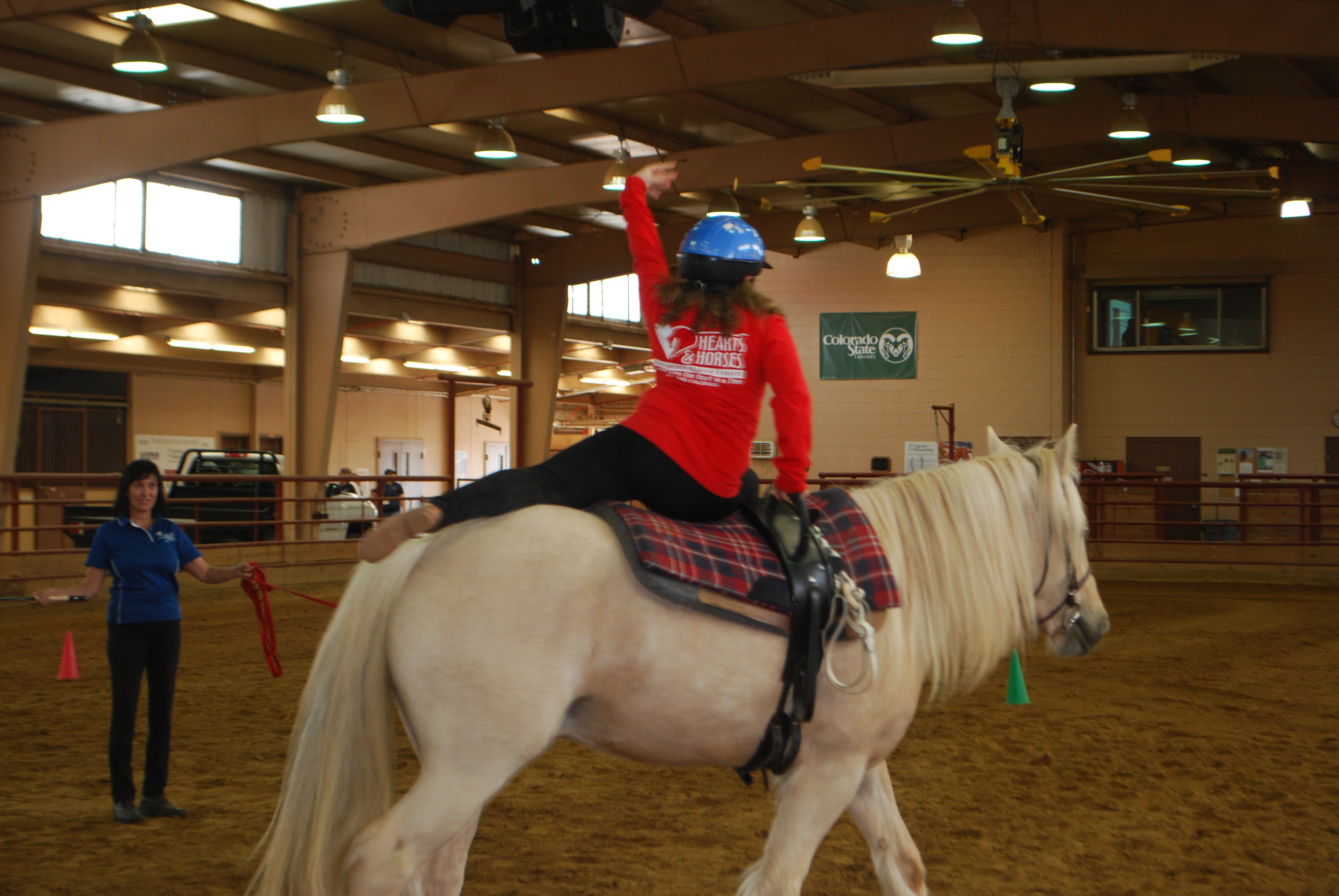 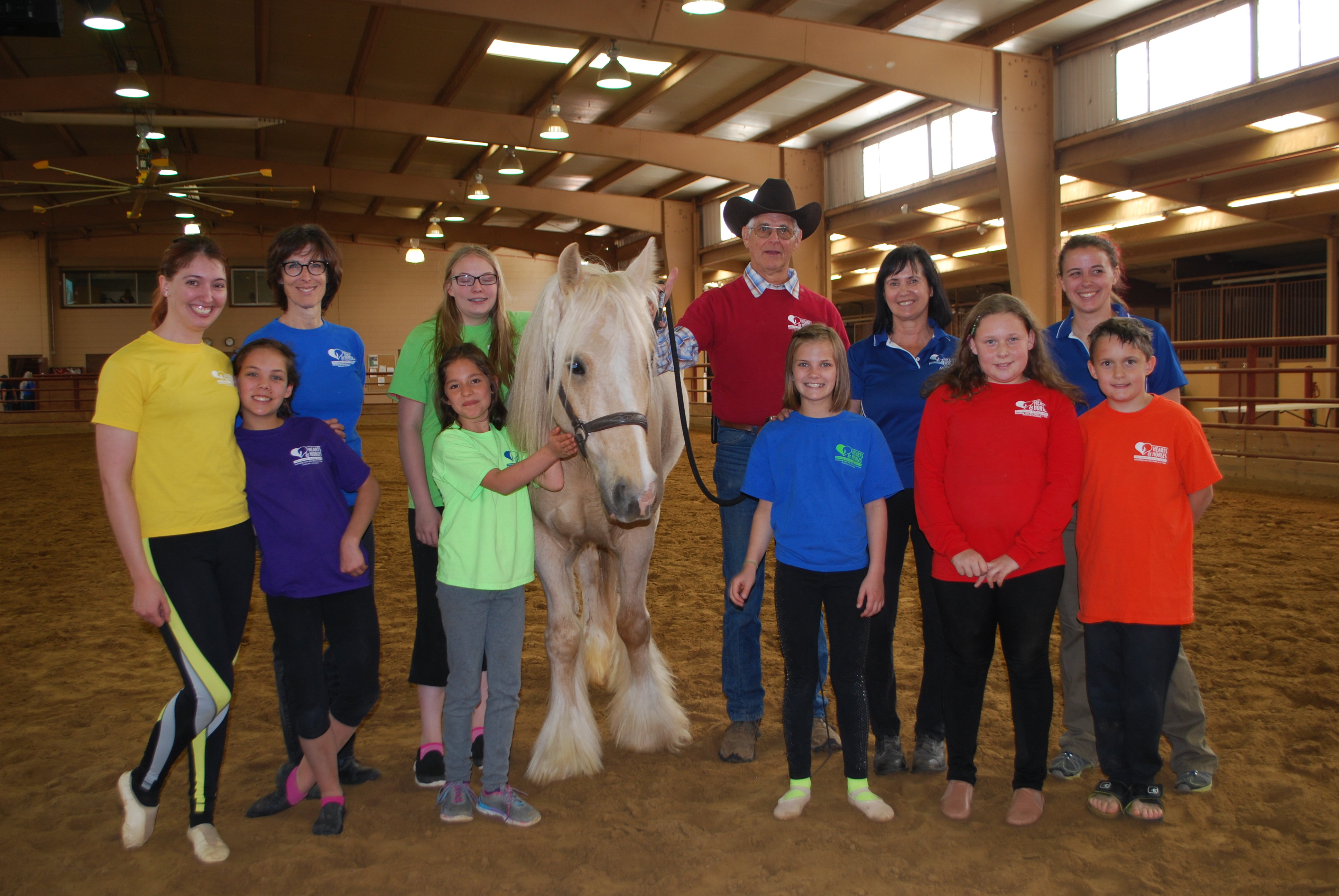
|
|  | |
| |
|  | |  | |
|
| |
|